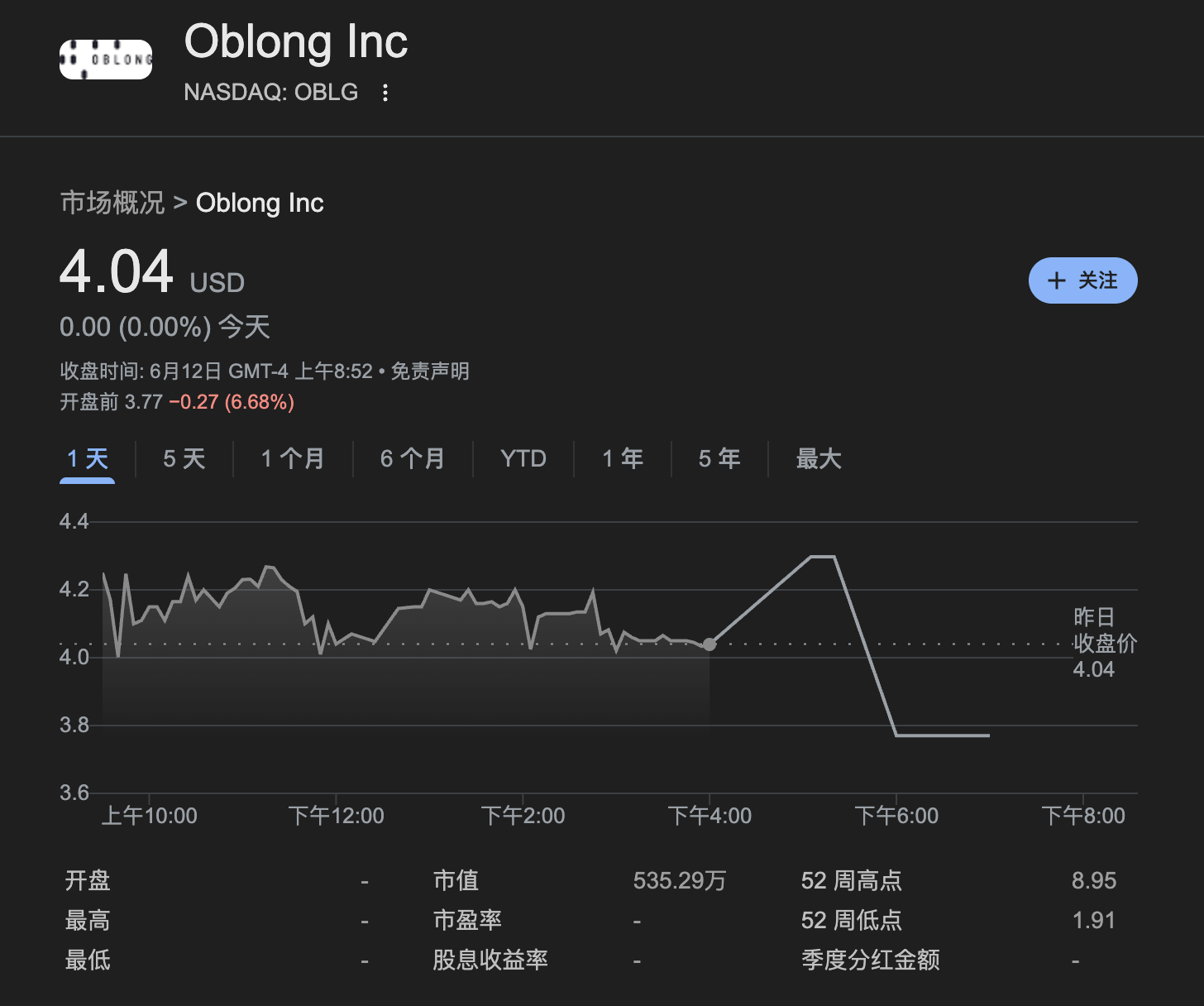The wind of listed companies buying coins has blown on AI altcoins
Written by: TechFlow

Question micro-strategies, understand micro-strategies, and become micro-strategies.
Since MicroStrategy took the lead in adding Bitcoin (BTC) to its asset reserves in 2020, more and more U.S.-listed companies and even global companies have followed suit, and coin holding has become an obvious trend of stock currency circle.
By 2025, the number of companies holding crypto assets has surged from single digits to dozens.
However, this trend of corporate holdings has diverged into a number of different currents:
Bitcoin is still a safe choice with its strongest consensus; Ethereum (ETH) and Solana (SOL) have also attracted a lot of followers due to their widely recognised foundations;
Now, the wind of the company's buying is even blowing into the altcoin space with smaller market caps, such as Fetch.ai's $FET and Bittensor's $TAO in the AI sector.
Historically, ETH fell by about 26.7% in a single day in June 2022, and SOL fell by 43% due to FTX's bankruptcy in November 2022, and the vulnerability of AI coins is even more obvious - for example, the advent of the DeepSeek open-source AI model has triggered a collective retreat of AI Agent tokens on the market chain. FET and TAO, which have larger market caps, have volatility of about 15% and 18% respectively in the past 30 days.
Is it feasible for listed companies to allocate these more volatile altcoins?
Who's laying out AI coins?
To answer this question, let's look at which companies are already deploying these AI tokens, as well as the strategies and risks behind them.
-
Interactive Strength (TRNR): Buy FET, Fitness + AI Take a Big Leap
Interactive Strength is a NASDAQ-listed company that sells professional fitness equipment and related digital fitness services, under the CLMBR and FORME brands.
In layman's terms, it is by selling hardware equipment such as fitness mirrors and climbing machines, supplemented by supporting fitness classes and digital platforms.

The latest data shows that the company has a market capitalisation of about $8.4 million.
On June 11, the company announced plans to invest $500 million in $FET tokens as a crypto strategic reserve, which the company plans to use to power AI-powered fitness products.
According to the company's CEO, Ward, the choice of FET over more widely held assets such as Bitcoin reflects the company's plans to incorporate Fetch.ai's technology into its product offerings.
To date, Interactive Strength has raised $55 million in start-up funding from ATW Partners and DWF Labs.
The source of the funds is the so-called "securities purchase agreement", which simply means that the company sells shares to the above-mentioned investors for cash, and the purchased FET tokens are guarded by BitGo, a professional custodian. In addition, the trading method was to buy FET directly from the market instead of over-the-counter (OTC).
ATW Partners, a private equity giant, and DWF Labs are veteran market makers in the crypto world, so why are they willing to pay for it?
The answer may lie in the bundle of interests.
ATW is interested in TRNR's fitness + AI story, while DWF also has a need for market-making $FET.
DWF Labs received 10 million FET from Fetch.ai in September 2024, then deposited these FETs into the exchange and made a market making of the FETs.
After all, if the $500 million is in place now, you can buy about 6.41 million $FET (calculated at the current price of $0.78 per coin), and buying it directly in the market may have a positive impact on the price in the short term.
After the news was announced, the market bought it.
On the 11th, TRNR's stock price rose 15%, and $FET also rose 7%, and has retreated so far.

However, like some previous companies that bought ETH, the company's total market capitalisation is only $8.4 million, and it is not easy to raise 500 million to buy FET, and it has to raise the stock price step by step. If the market cools down or the $FET ecosystem fails, the money may be wasted.
In the short term, this move is like a big gamble; In the long run, success or failure may lie in whether there is room for the AI fitness business.
-
Synaptogenix (SNPX): Buying TAO, a biotech company borrowed from the big guys to turn over
Synaptogenix is a biopharmaceutical company focused on developing products based on Bryostatin-1, primarily for the treatment of neurodegenerative diseases such as Alzheimer's. The company has a market capitalisation of just $5 million.
On June 9, the company announced an initial investment of $10 million in Bittensor's $TAO tokens, with plans to gradually increase the purchase volume to $100 million.
As for the funding, it will initially come from the company's existing cash reserves, which will be supplemented in the future through a $550 million private placement of Series D convertible preferred stock. Similar to micro-strategy, SNPX attracts institutional capital (hedge funds or family offices) by initially holding preferred shares (with fixed dividends) and converting them into common shares under certain conditions, such as when the stock price reaches an agreed price.
The trader behind this transaction is James Altucher, a well-known figure in the investment circle.

James is a high-profile entrepreneur, investor, and best-selling author who has founded or invested in more than 20 companies across the technology, finance, and media sectors; He was also a hedge fund manager and was involved in early-stage investments in several startups.
Back before Bitcoin was widely accepted, James publicly touted the potential of blockchain technology and became an early proponent in the space. During the crypto boom of 2017, he was known as the "Bitcoin Prophet" for his massive online advertising.
In SNPX's business, he is responsible for developing and executing the $TAO investment strategy. Specifically, he has led the token purchase program, including the selection of staged market purchases to optimise costs, the screening of Bittensor subnets (such as Subnet 1, which focuses on machine learning tasks) for staking in pursuit of more yields.
Recently, he has also been sharing the logic of trading SNPX to buy TAO on X, and bluntly said that buying SNPX shares is equivalent to buying TAO at half price.

The key to the joining of the bigwigs is to attract private equity funds through connections and attract institutional investors to pay attention to the transformation of SNPX, a pharmaceutical company.
In terms of the company's motivations, the motivation for this transformation stems from the bottlenecks in the biopharma business. The clinical data of the brijostatin therapy did not meet expectations, the prospect of FDA approval is uncertain, and the company's stock price has been depressed for a long time.
SNPX hopes to increase its assets by holding $TAO and staking rewards, and public sources indicate that it even plans to rename the company and ticker symbol to strengthen its AI token positioning.
SNPX's stock price rose 40% after the news was released on the 9th, reflecting the market's short-term optimism about the transition.
However, the initial investment of $10 million has more than doubled the company's market capitalisation, and if the price of $TAO falls below $300, the value of the asset may shrink by more than 25%, and the financial risk is significant.
The success of the $550 million private placement also largely depends on James Altucher's appeal and market sentiment, and if the funds are not forthcoming, the transformation plan may be interrupted. The yield of staking $TAO is not volatile compared to the 18% volatility of $TAO token over a 30-day period.
This is clearly a high-risk, high-reward turnaround.
-
Oblong (OBLG): Buy TAO, a cautious layout in the IT field
Oblong, Inc. (NASDAQ: OBLG) is a technology services provider focused on IT solutions and video collaboration technologies, and its core product, Mezzanine, is a platform that supports multi-user, multi-device visual collaboration and is widely used in enterprise conferencing and remote collaboration; The company's market capitalisation is around $5.3 million.
On June 6, Oblong announced that it raised $7.5 million through a private placement to purchase Bittensor's $TAO tokens and participate in its Subnet 0 staking program.
Oblong shares rose 12% at one point after the announcement, but had fallen back to $4.04 by press time.

The placement involves the sale of approximately 1.98 million shares of common stock or its equivalent priced at $3.77 per share, which is below the current market price. This also means that the company sells shares at a certain discount to attract investors.
Funds of this magnitude, calculated at the current price, can buy about 1890 $TAO tokens, which is not a lot.
However, you can see this purchase of TAO as a strategic shift from traditional IT business to AI and digital assets.
Video conferencing solutions are a volatile area, and the company's Mezzanine platform, which has a market for video collaboration, has seen revenue growth slow by about 5% since 2023, largely driven by competing software like Zoom and Microsoft Teams.
Peter Holst, the company's CEO, said that the intersection of AI and blockchain is key to future innovation, and $TAO is seen as a potential asset for crypto AI infrastructure, similar to Bitcoin's early institutional adoption phase.
At the same time, the company plans to realise asset appreciation through holding $TAO and staking rewards, while exploring the development of Bittensor-based software tools, such as AI-powered meeting assistance functions.
However, Subnet 0 in the TAO subnet mainly focuses on AI directions such as text prompt tasks (such as natural language processing), and Oblong chose this subnet for staking, saying that it is directly related to the video conferencing business, which is a bit far-fetched, and is more about the consideration of staking income and statement.
This layout is more of a strategic test of the waters and testing the long-term potential of AI tokens.
There are risks and benefits
The trend of corporate currency holding has expanded from a single asset to a variety of options.
But with the exception of BTC, altcoins are significantly more volatile than BTC. Taking TRNR as an example, its $8.4 million market capitalisation plans to raise $500 million, and if the price of FET falls sharply, buying crypto with high leverage financing itself is a financially stressful option.
Regulatory risks should also not be ignored, and the biggest consideration for listed companies should be compliance. The SEC has classified SOL as a security, and the compliance of AI tokens is unclear. If regulations are tightened, will coin holders face fines or liquidation?
However, legal affairs expressly prohibit it, and capital has always pursued profits. At this stage of the window, companies are scrambling to imitate the crypto reserve strategy, perhaps with a wishful thinking in mind:
After all, it is a small-capitalisation company, taking advantage of the wave of capital markets gradually embracing crypto assets to fight for higher volatility altcoins, not to mention the long-lasting AI narrative, if it can be achieved, the ROI will naturally be very high.
On the whole, the allocation of altcoins by listed companies is more like a high-risk and high-reward game.
For small-cap companies, this is a capital game of betting on the future, and success or failure will depend on the market's sentiment, the continuity of the narrative, and the ability to actually land.
When a copycat bull market is securitised, both businesses and investors should keep in mind:
Risk is the essence of highly volatile assets, and return is the reward of grasping the narrative and timing.
